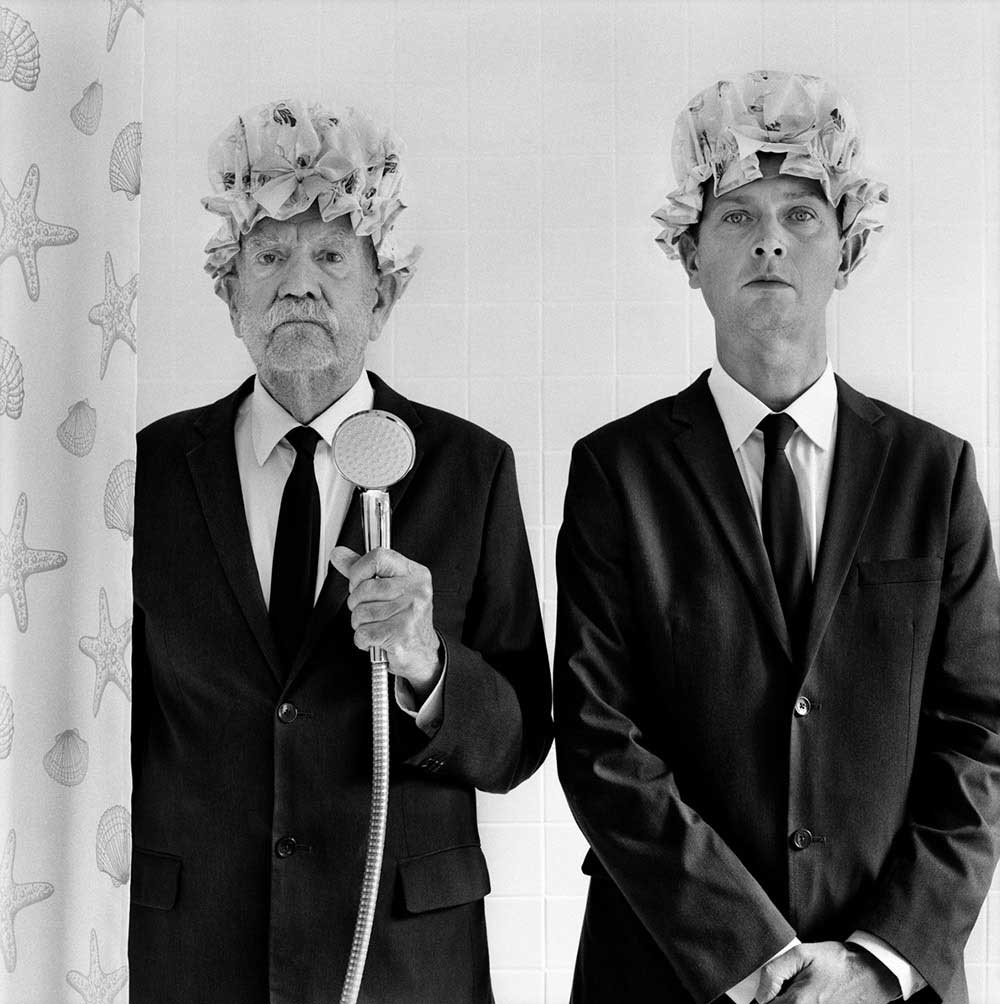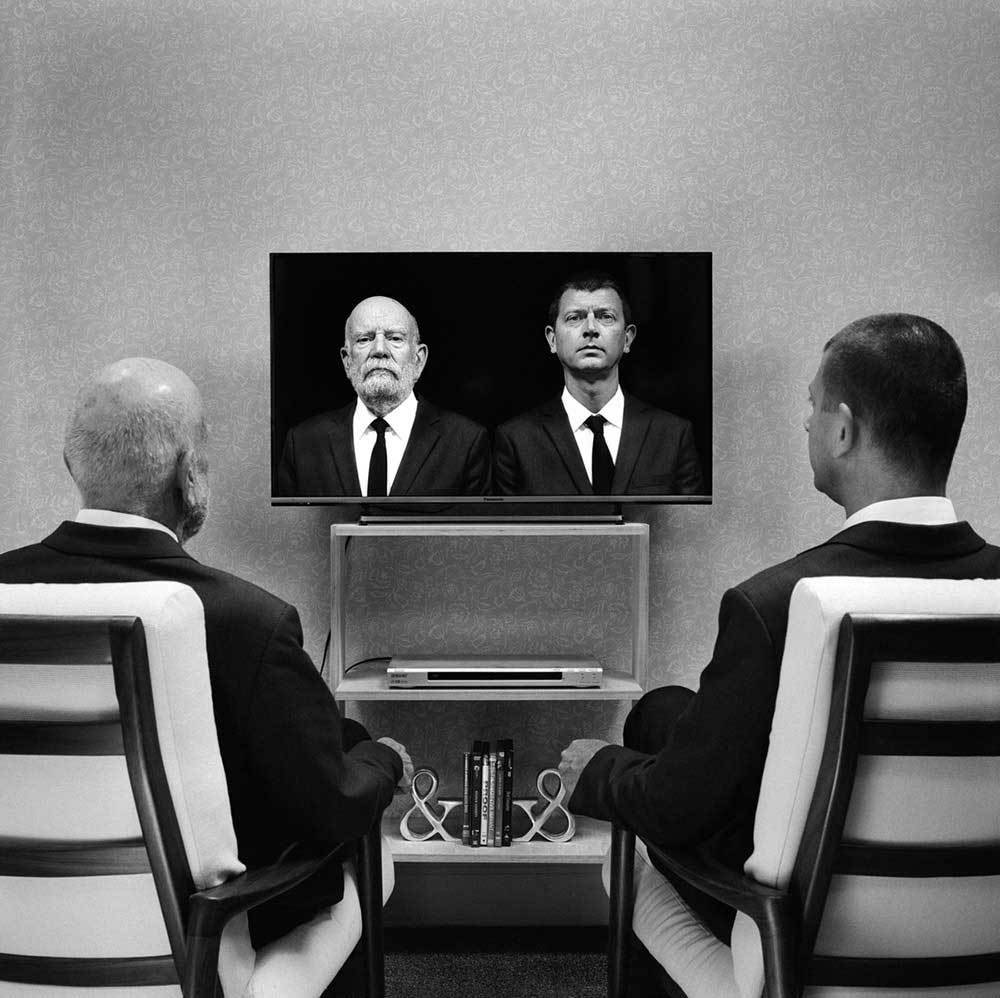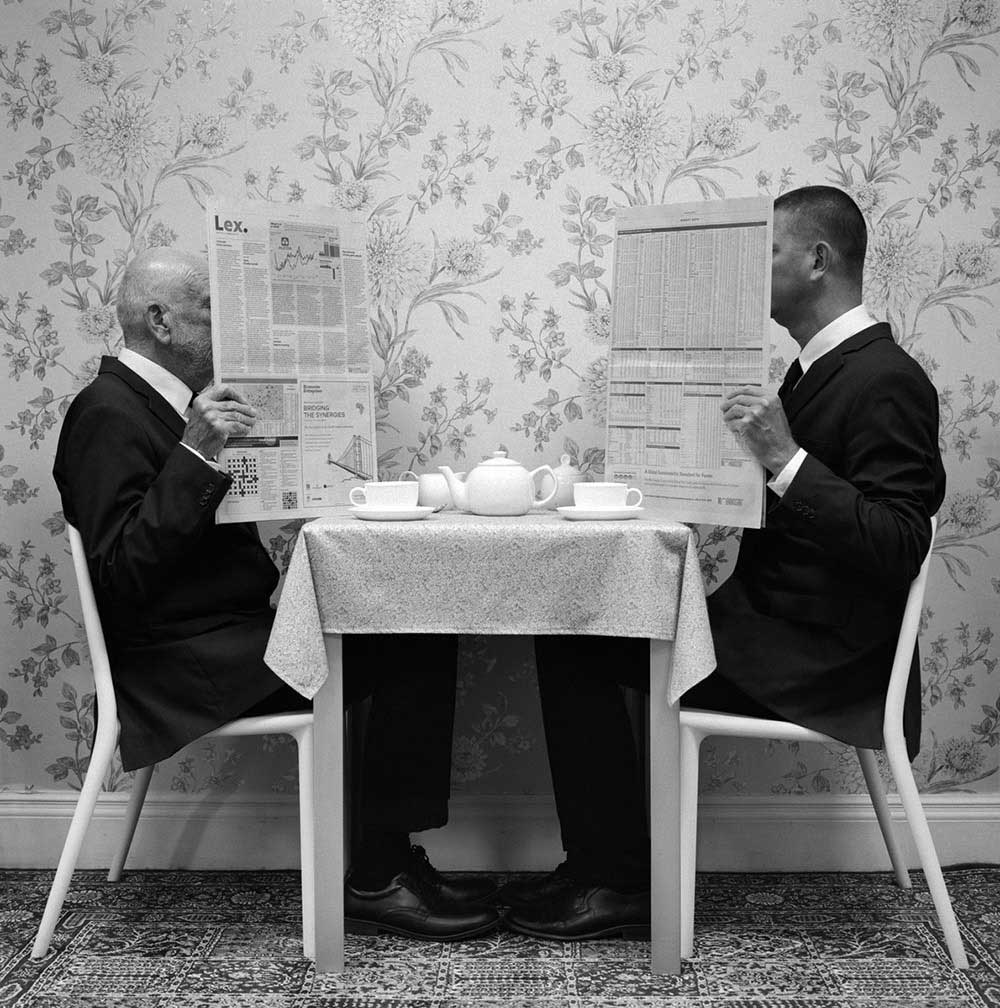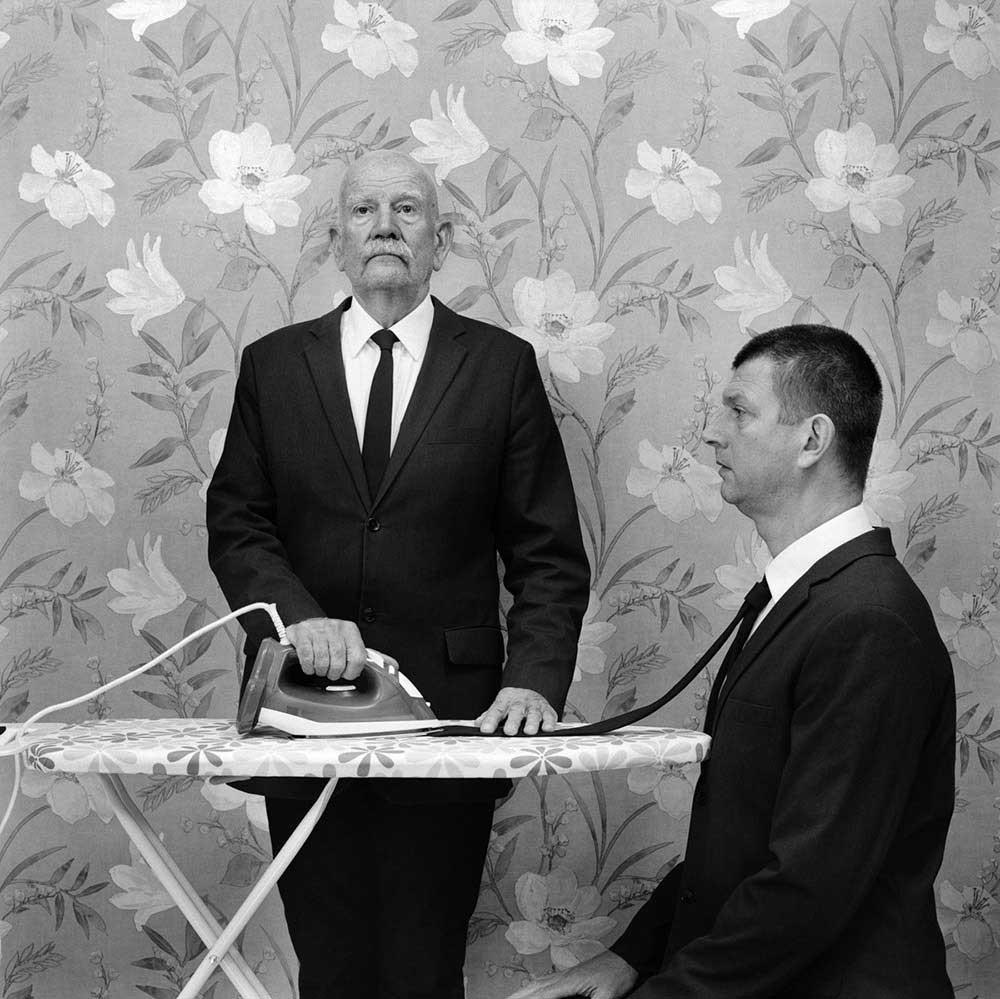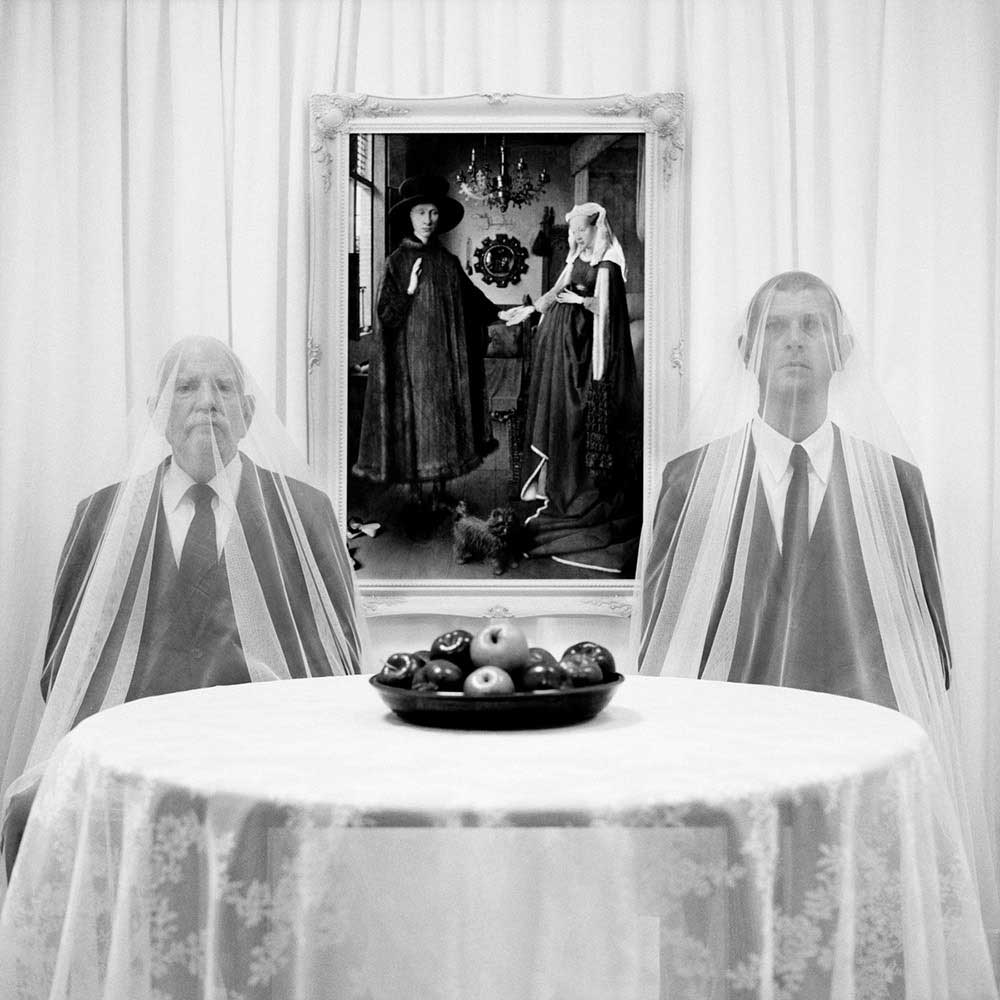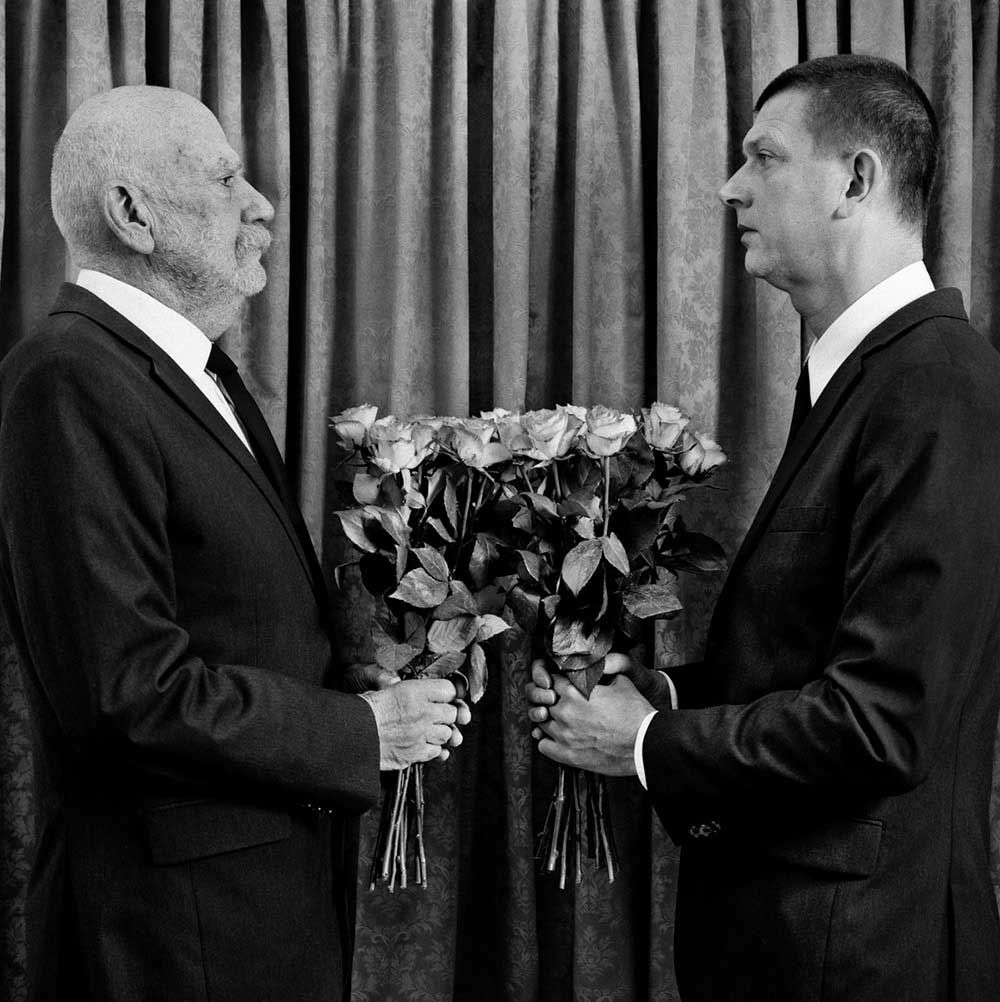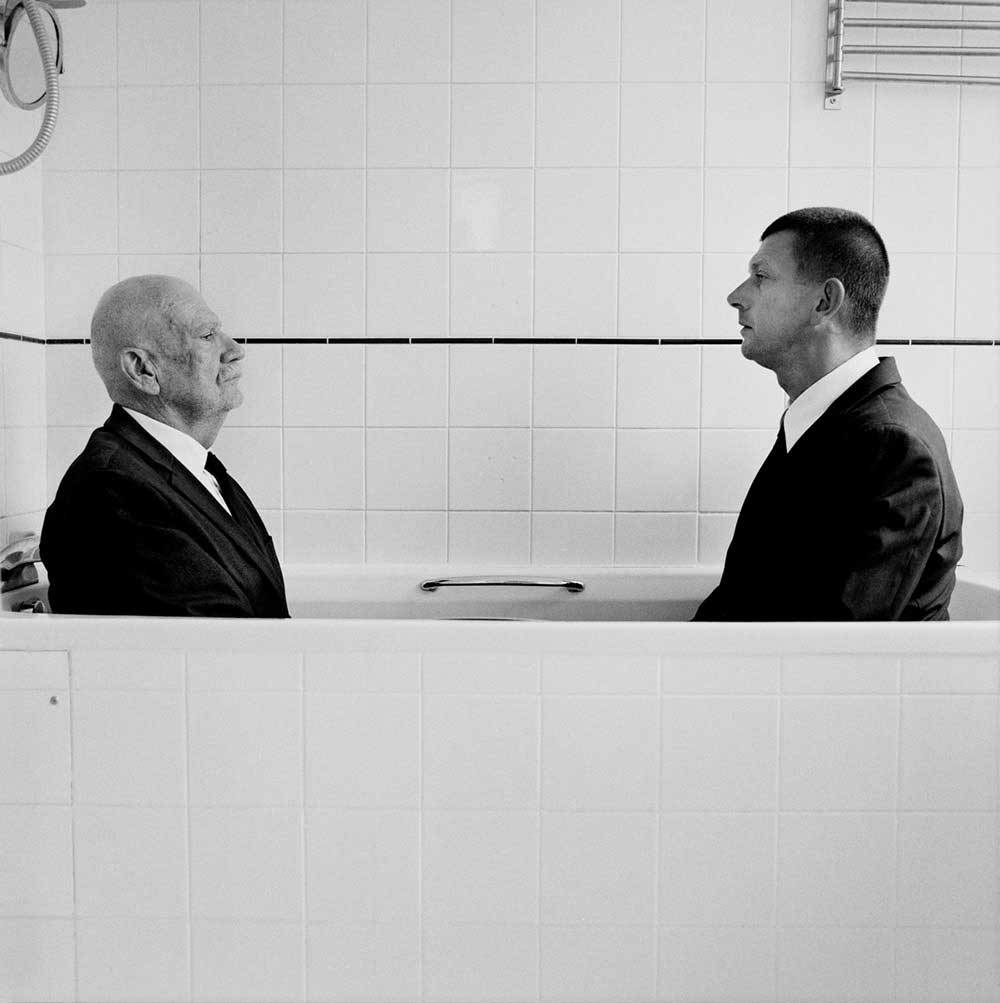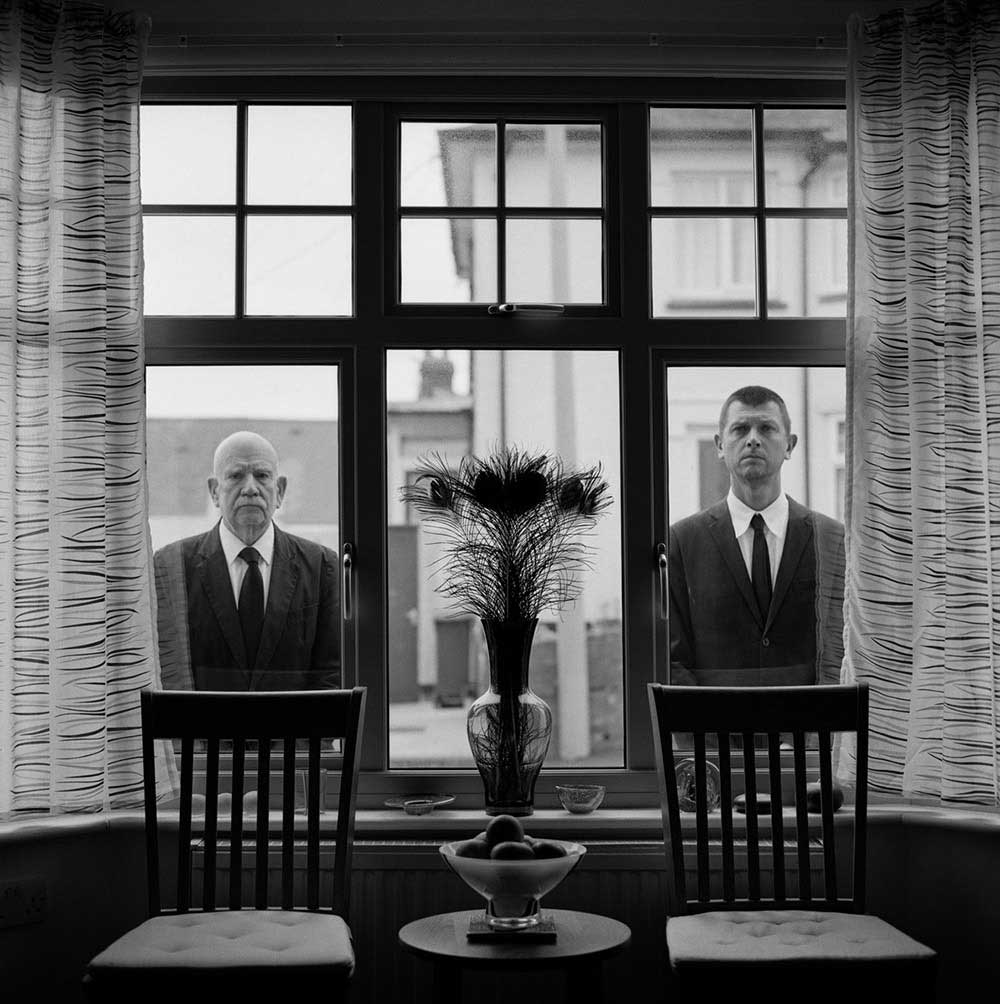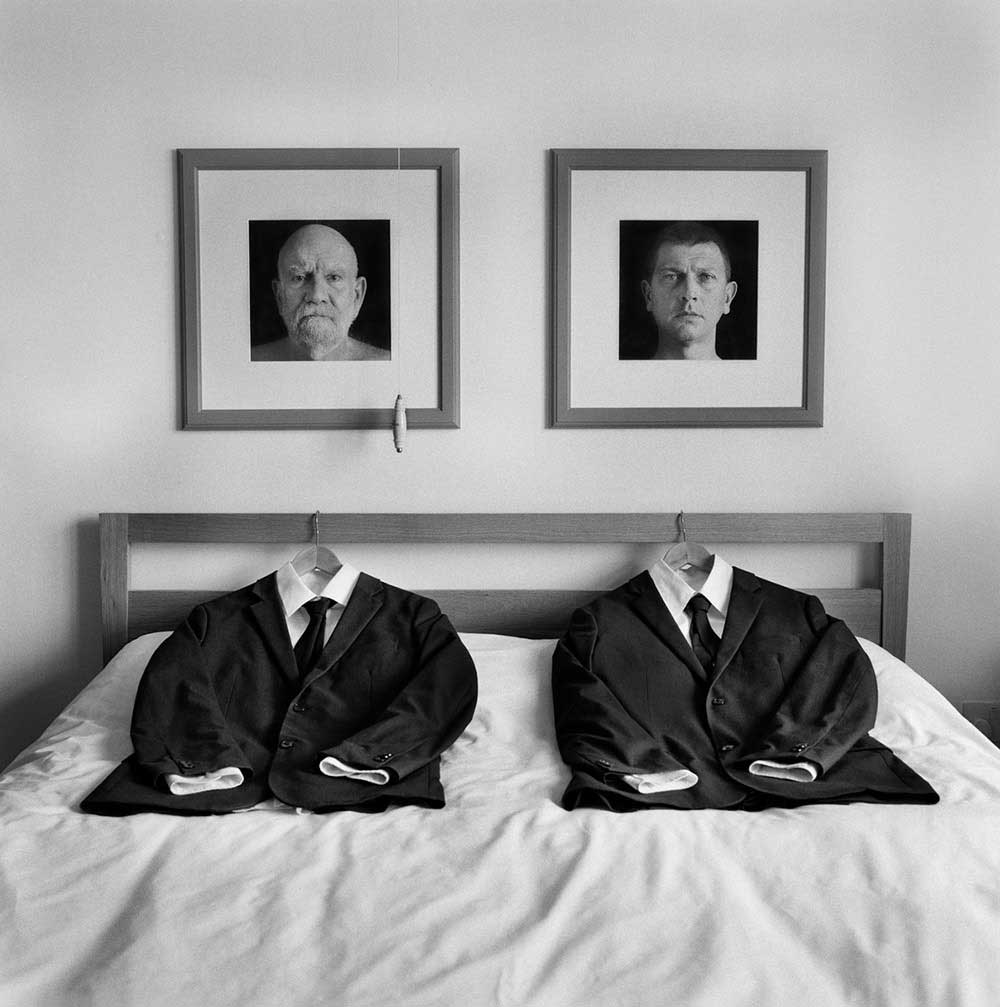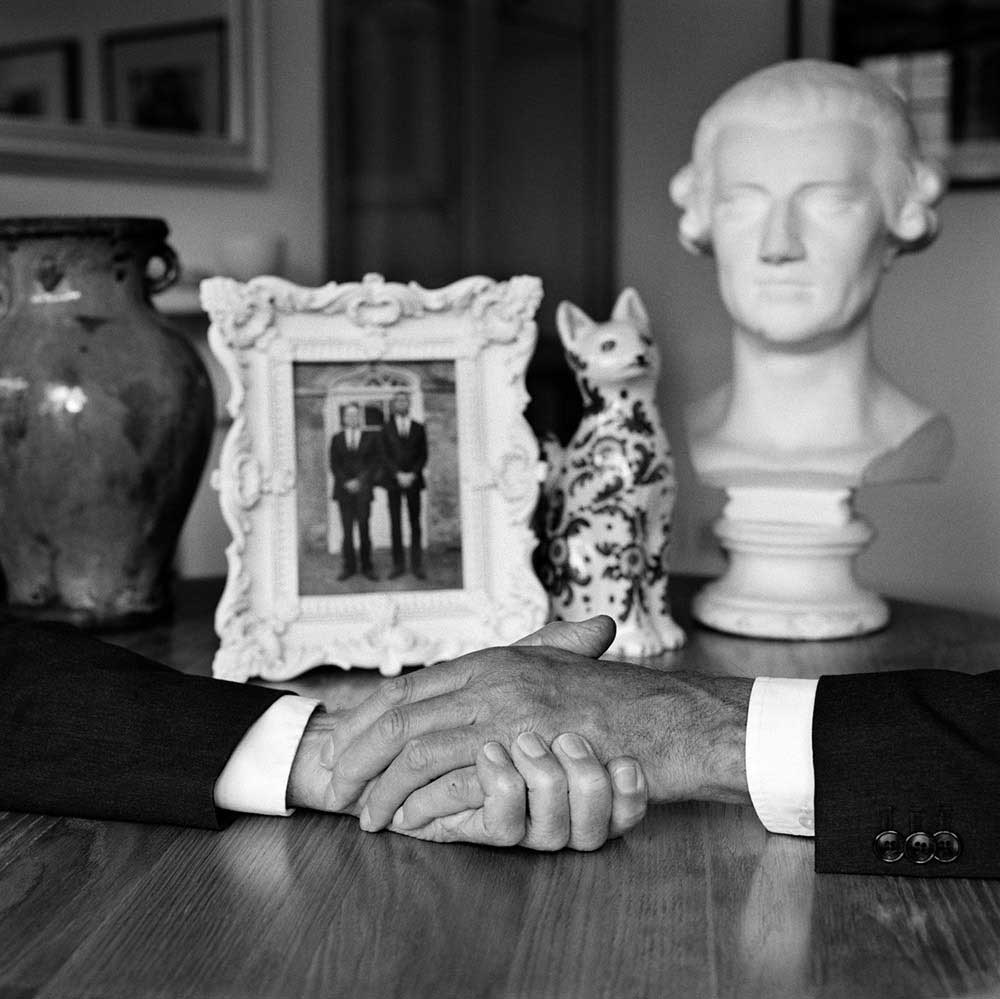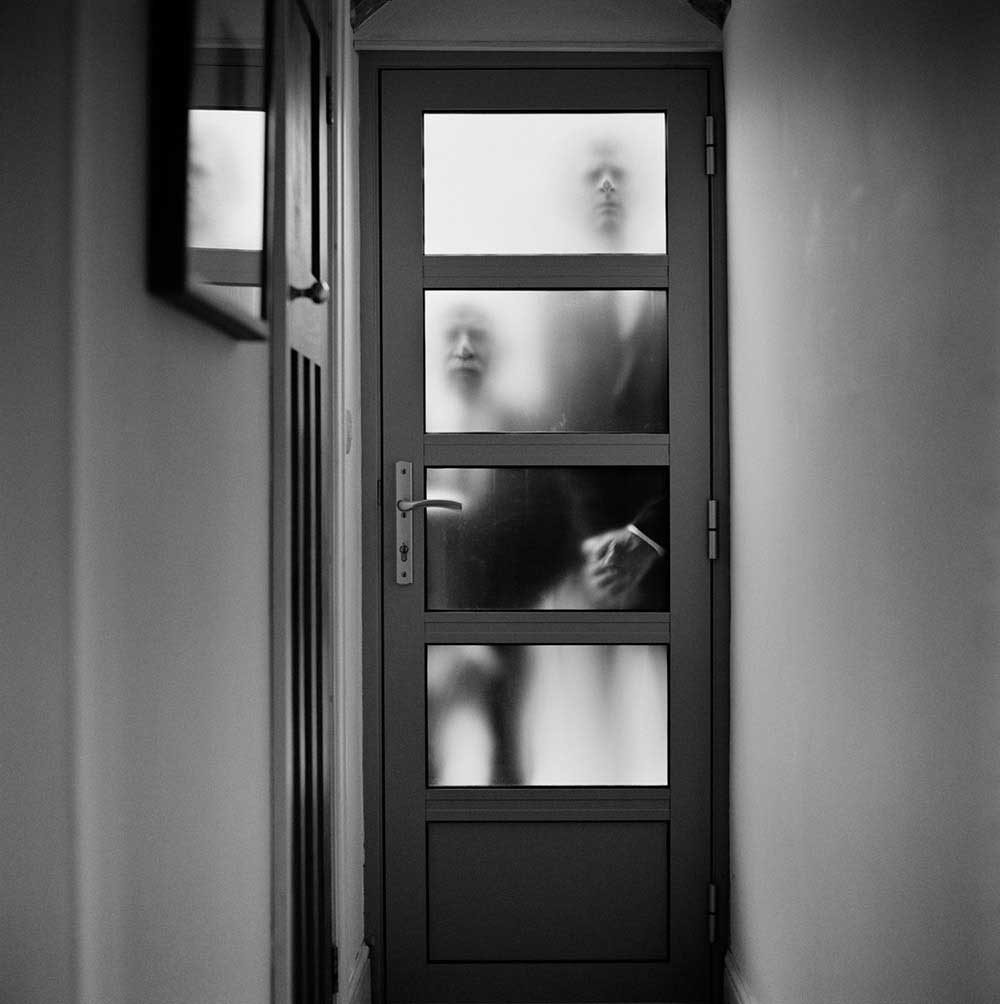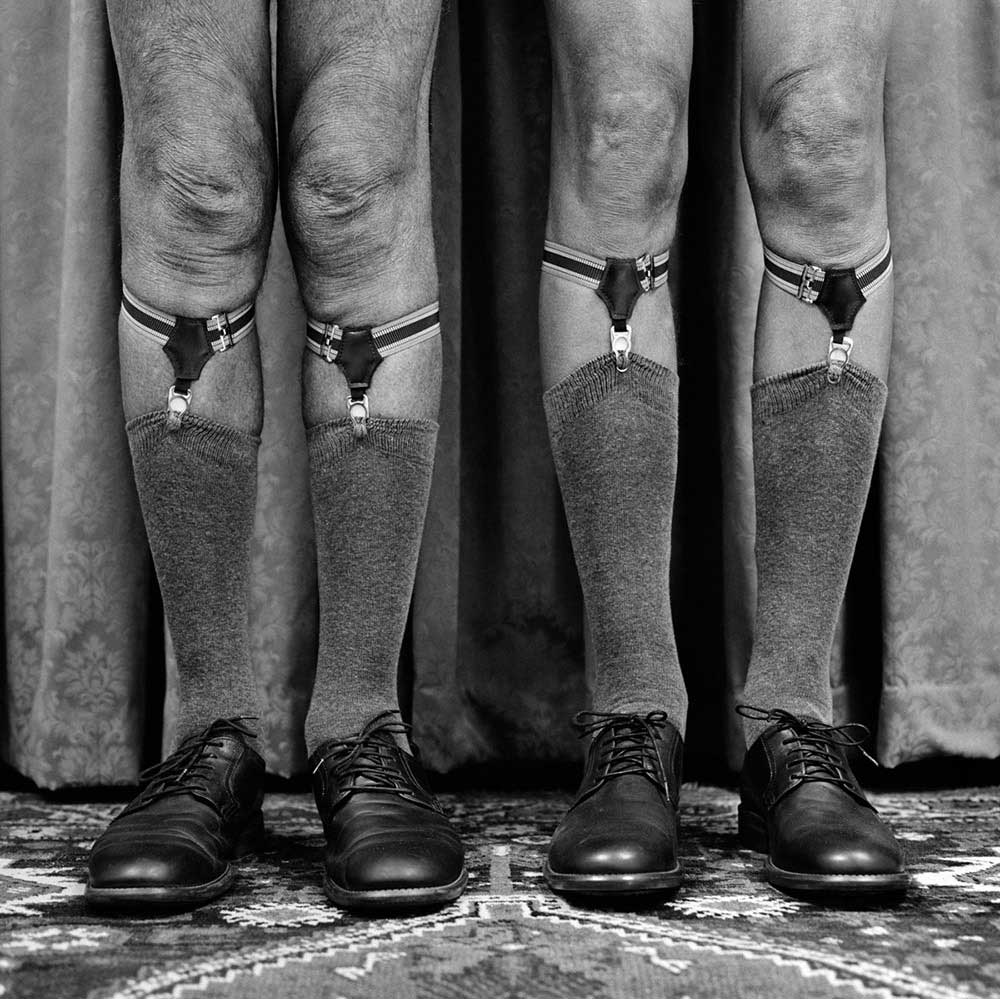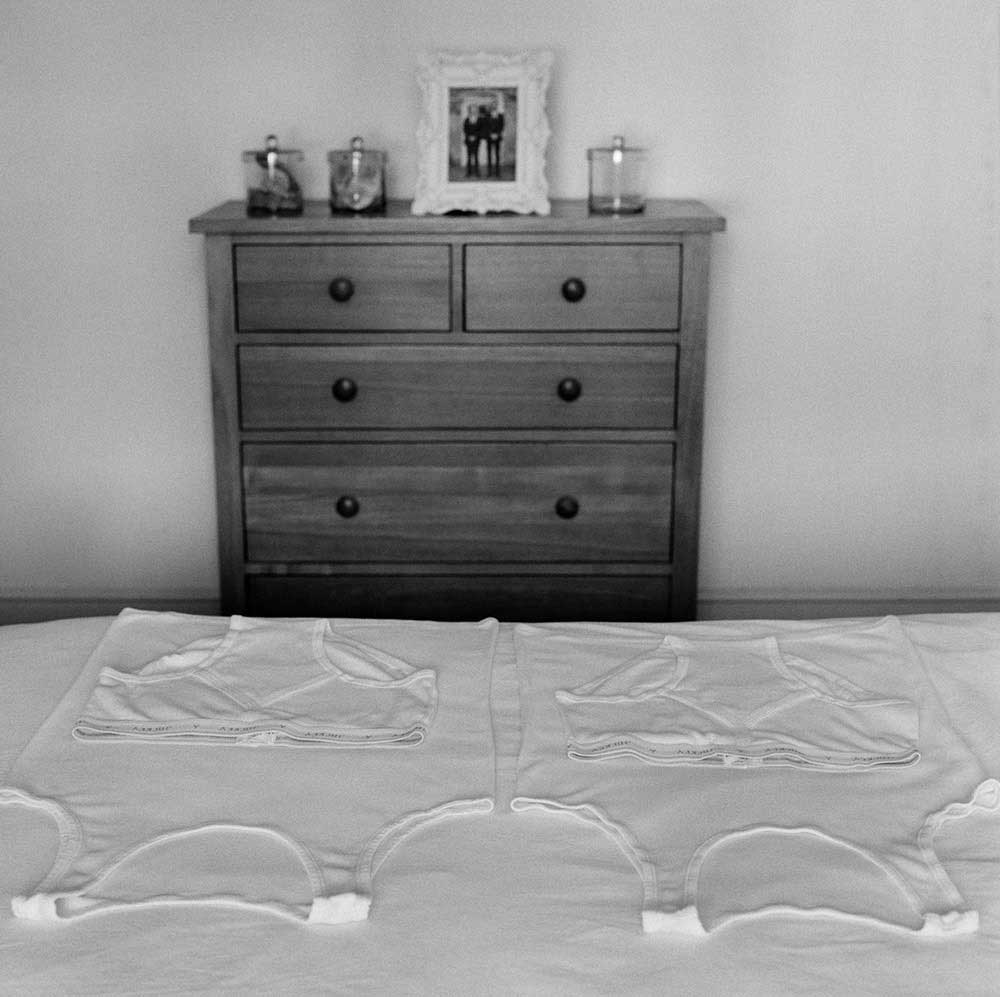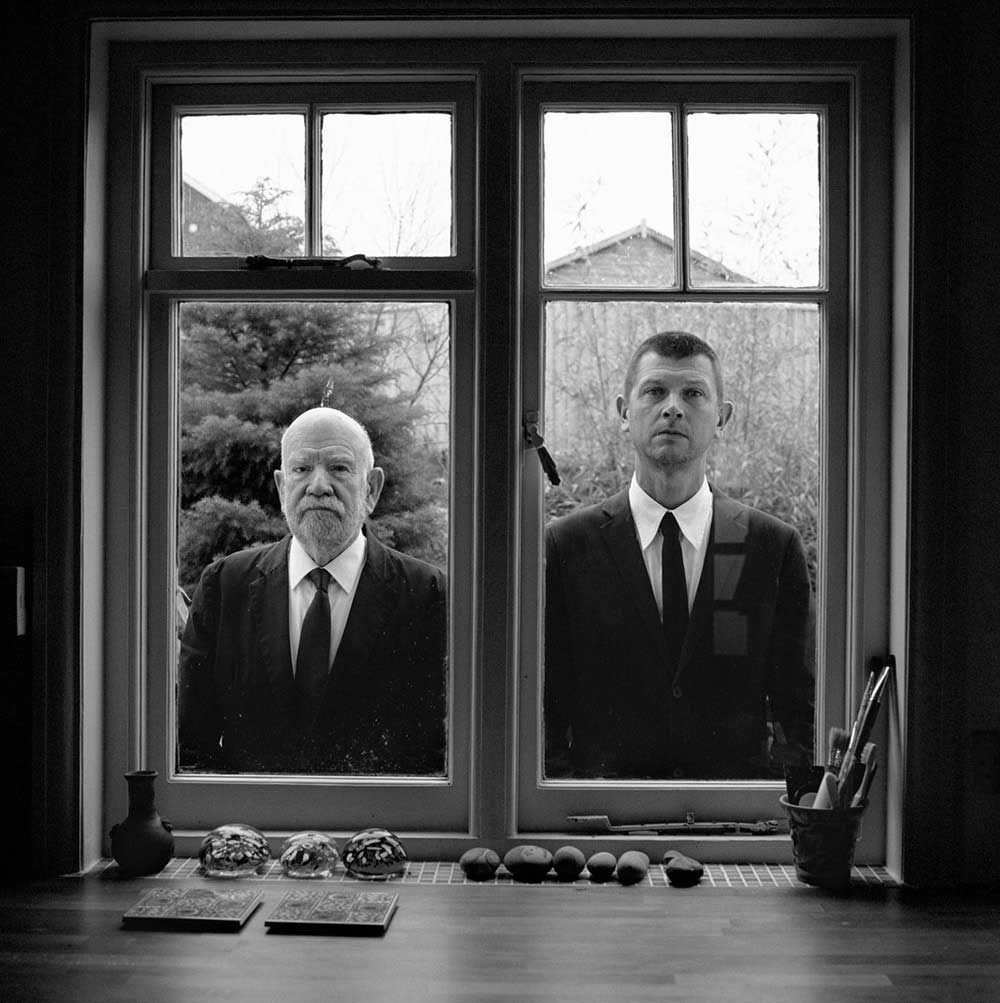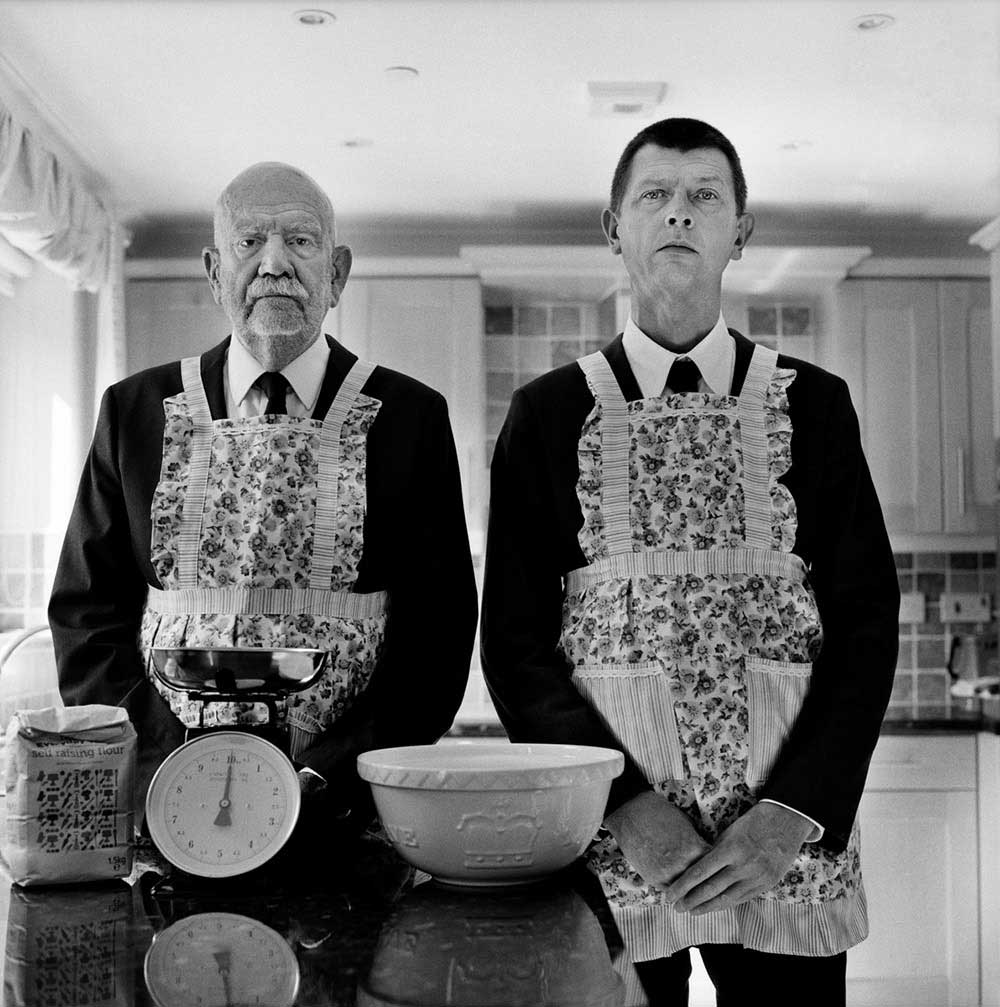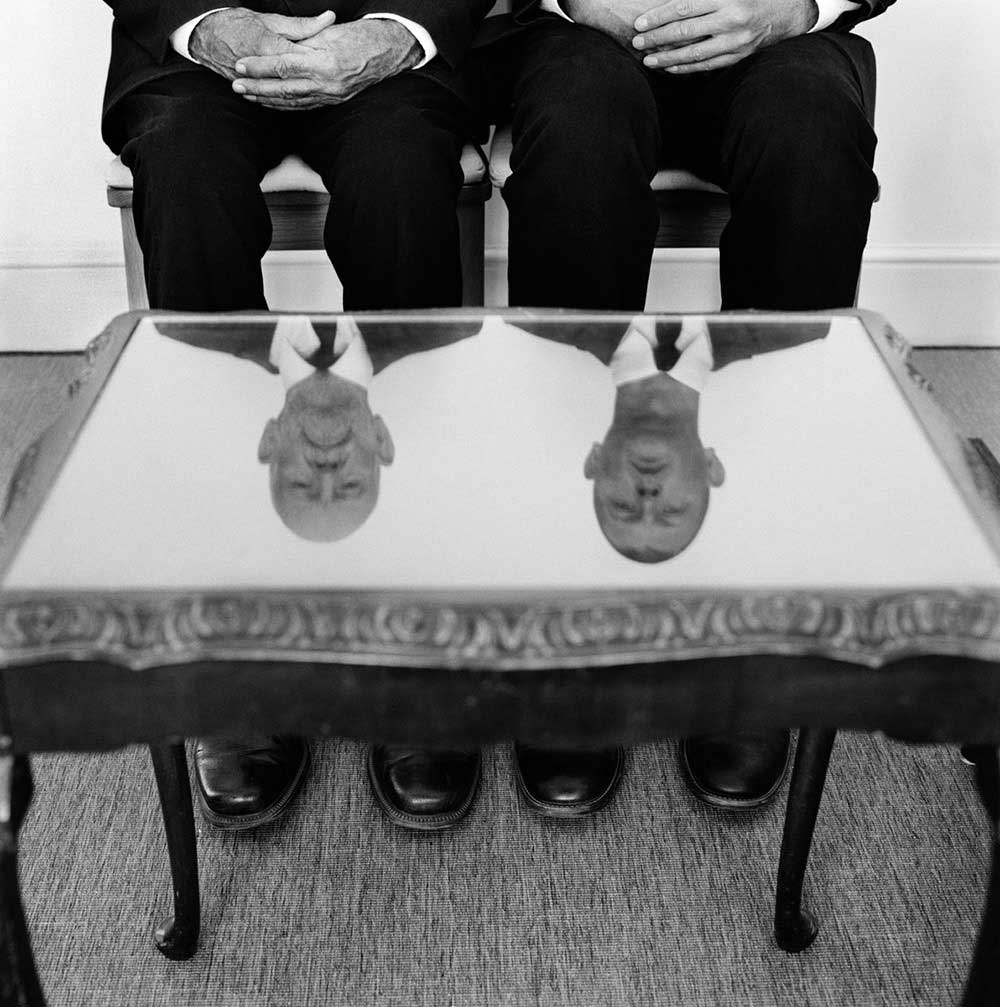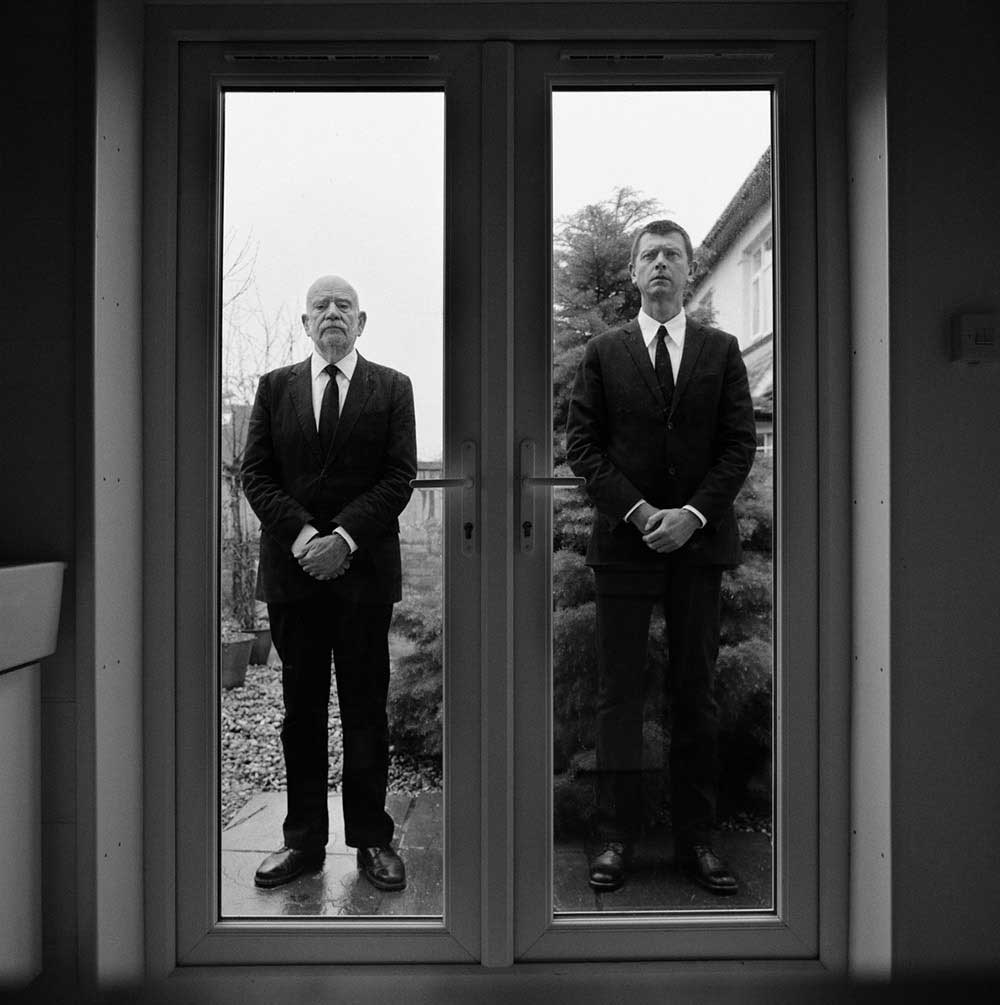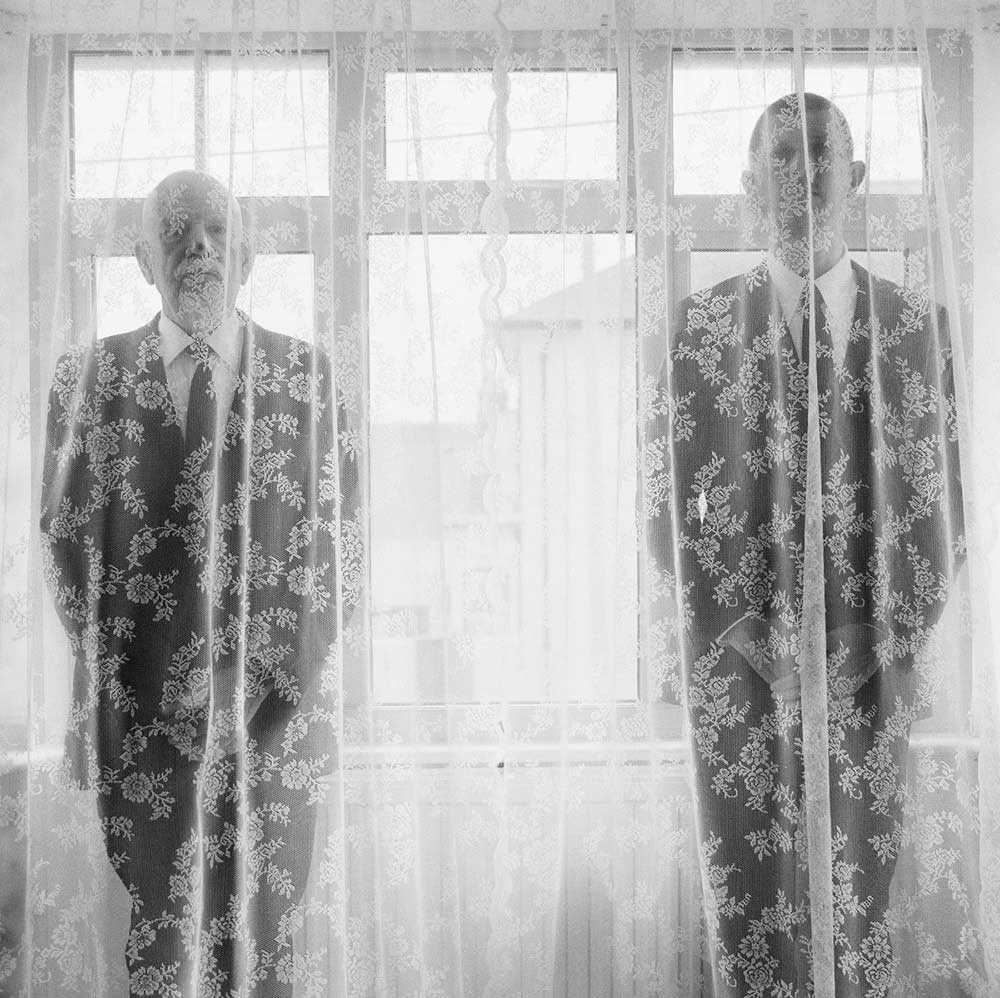As an artist and academic, my work explores the way photography is deployed to construct notions of normality and otherness in western culture.
Matrimonial ties is a project that encompasses varied responses and challenges to the historical and cultural significance of the wedding portrait in western culture.
The works originated in 2013 as a personal reflection on the current state of social change in Britain, Europe and America around notions or definitions of marriage. 2017 will mark the 50th anniversary of the partial decriminalization of male homosexuals in England following the Wolfenden report. In a time of transition, it is possible to see a future where people of the same gender might be considered ‘marriage material’ whereas in previous generations same-sex relationships remained below the surface.
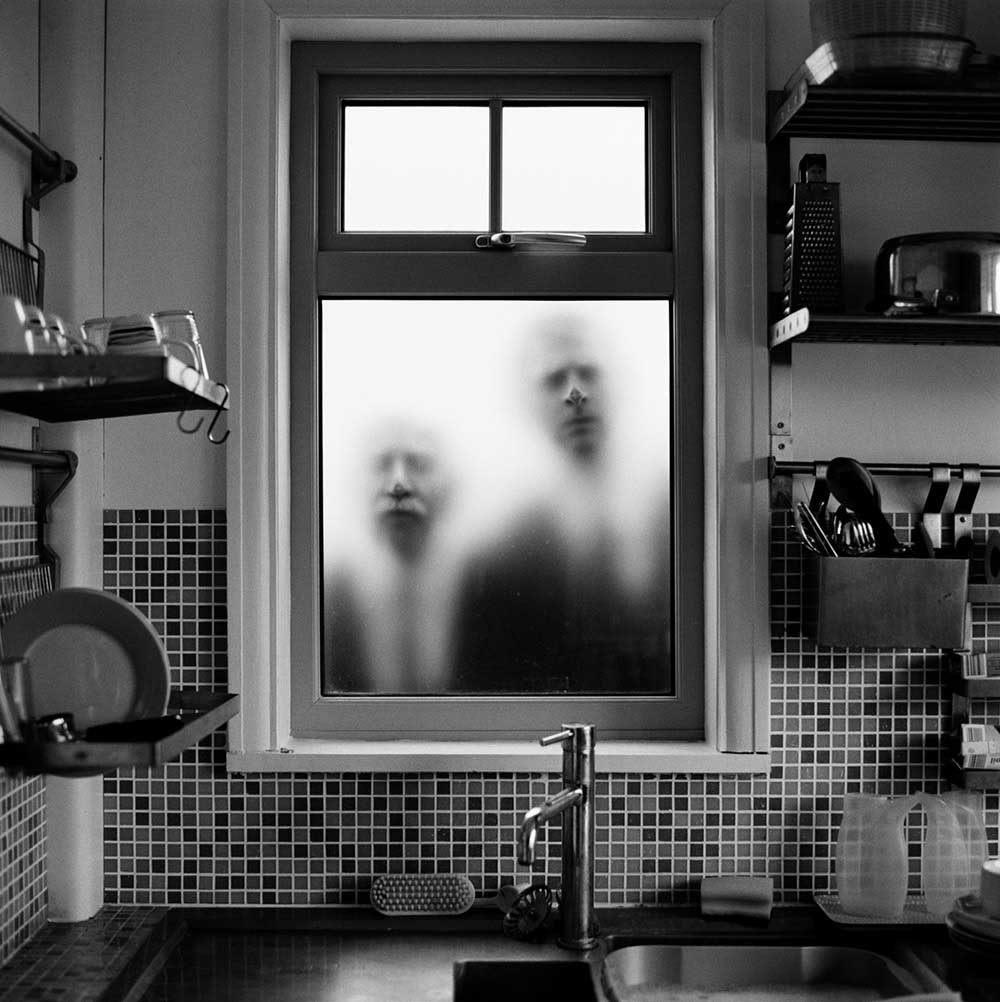
As an academic I have been critical of the way photography is used to reaffirm notions of belonging and otherness in relation to family portraiture. As a consequence there is little photographic evidence of the 28 years that my partner Peter and I have spent together. As Peter is in his late 70s and I am in my early 50s, there seemed to be an urgency to address this in my own mind, and explore alternatives to the couple/marriage/wedding portrait, if nothing other than to leave a trace of our presence in the world.
Whilst one cultural definition might shift, there is a personal awareness that individuals forming relationships across generation divides, whether straight or gay, will always be problematic ‘home-makers’, especially in terms of representation and conveyed meaning. To present the figures as an ‘odd couple’ is a useful metaphor to notions of home, belonging, acceptance and otherness.
‘Till death us do part’ is a series of absurd permutations of the wedding portrait. These performative responses to ideas of marriage and domesticity evoke a sense of the uncanny – the ‘homely and un-homely’.
‘Home and Away’ adopts the visual metaphor of alienation in presenting the couple literally as ‘outsiders’. This picture of ‘otherness’ fluctuates between the poignant, the comic, and a potentially disturbing presence in the domestic space. [Official Website]
